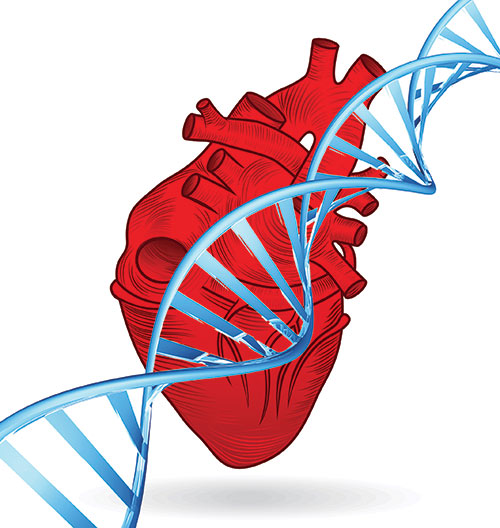Background
The incidence of type 2 diabetes in young people is increasing, but treatments remain
limited. We aimed to assess the efficacy and safety of an empagliflozin dosing regimen
versus placebo and linagliptin versus placebo on glycaemic control in young people
with type 2 diabetes.
Methods
participants with type 2 diabetes (aged 10–17 years; HbA1c 6·5–10·5% [48–91 mmol/mol]) who had been previously treated with metformin or insulin
were randomly assigned (1:1:1) to oral empagliflozin 10 mg, oral linagliptin 5 mg,
or placebo. Participants in the empagliflozin group who did not have HbA1c below 7·0% (1c at 26 weeks. For empagliflozin, results were based on a pooled analysis for all participants
on empagliflozin. Safety was assessed until week 52. This trial is registered with
ClinicalTrials.gov, NCT03429543.
Findings
Between April 26, 2018, and May 26, 2022, of 262 screened participants, 158 (60%)
were randomly assigned to treatment (53 [34%] to placebo, 52 [33%] to empagliflozin
10 mg, and 53 [34%] to linagliptin). For the primary outcome, the adjusted mean HbA1c change from baseline at week 26 was –0·84% [–9·2 mmol/mol] in the empagliflozin pooled
group versus placebo (95% CI –1·50 to –0·19 [–16·4 to −2·1]; p=0·012); the corresponding
change from baseline for linagliptin versus placebo was –0·34% [–3·8 mmol/mol; 95%
CI –0·99 to 0·30 [–10·8 to 3·3]; p=0·29). Adverse events occurred in 34 (64%) participants
in the placebo group, 40 (77%) in the empagliflozin pooled group, and 37 (71%) in
the linagliptin group, up to week 26. Of these, severe adverse events were reported
in two (4%) participants in the placebo group, one (2%) in the empagliflozin pooled
group, and one (2%) in the linagliptin group. Hypoglycaemia was the most frequently
reported adverse event with higher rates for those on active drug treatment compared
with placebo. No severe hypoglycaemia cases were reported.
Interpretation
Empagliflozin provided clinically relevant placebo-corrected reductions in HbA1c, whereas linagliptin did not, and might offer a new treatment option for young people
with type 2 diabetes.
Funding
The Boehringer Ingelheim and Eli Lilly and Company Alliance.










![Best Weight Loss Supplements [2022-23] New Reports!](https://technologytangle.com/wp-content/uploads/2022/12/p1-1170962-1670840878.png)




